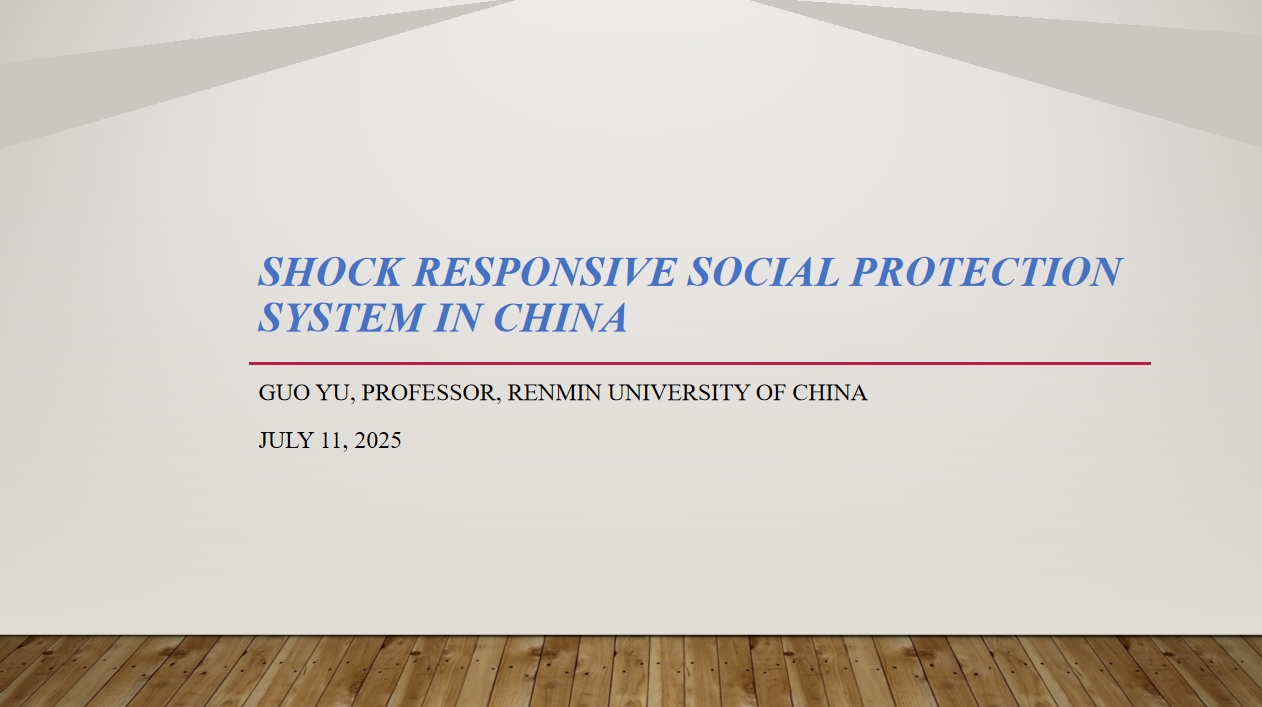This course offers a comprehensive overview of China’s strategies for disaster relief and social protection, with a focus on institutional design, digital technologies, and financing mechanisms. This course is structured into three parts: Part I starts with the foundational principles, institutional arrangements, and national policies that guide China's disaster relief system, emphasizing people-centered, prevention-focused, and coordinated response mechanisms. Part II explores the digital infrastructure supporting early warning and risk management, including the National Emergency Early Warning Information System and integrated disaster databases that enable real-time monitoring and response. Part III illustrates China's multi-source financing model, supported by a robust legal framework, which combines government funding, insurance mechanisms, social donations, and international cooperation. Overall, this course provides a practical and policy-oriented reference for designing and strengthening shock-responsive social protection systems in developing countries, particularly in the context of climate change, public health emergencies, and other large-scale disruptions.
* Participants who successfully complete the course and pass a corresponding quiz will receive a certificate of achievement.
.png)
.png)





Learner Satisfaction Rating
Reviews